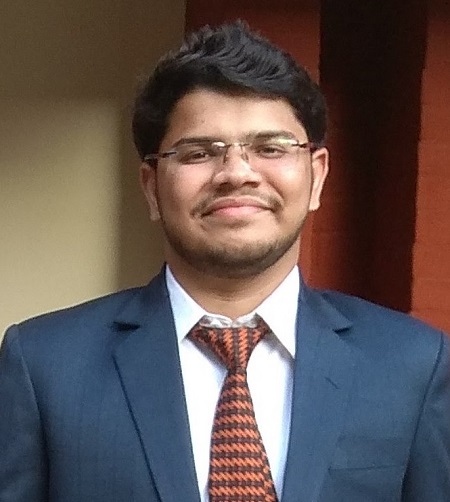Start Early, Retire Rich: How Gen Z Can Build Rs 4 Crore Corpus With Rs 24,000 Monthly SIP

Last Updated:July 09, 2025, 15:03 IST
Expert advises Gen Z to achieve financial freedom by 45 through disciplined investing. Start early, diversify, and monitor your portfolio to build INR 4 crore.
With discipline and dynamic asset allocation, financial freedom by 45 is not an imagination – it is just smart math and a focused mindset.
SIP Investment: Wealth building is a long-term game. As the famous investor Warren Buffett says, ‘the stock market is a device for transferring money from the impatient to the patient.’ Patience mixed with the right approach can do miracles by helping you build the corpus in crores.
For Gen Z, time is the biggest asset. If you are 21 and are committed to investing continuously, financial freedom by the age of 45 is completely possible – even with a modest earnings today.
Suppose your current monthly expenditure is INR 50,000. With 6% average inflation, you will need approx INR 2.02 lakh/month at the age of 45 to maintain the same lifestyle – which is about INR 24.3 lakh/year. To maintain this income for next 35 years post retirement (up to 80 years of age), you will need a retirement corpus of about INR 4.01 crore, assuming 5% post tax return on your corpus.
Now here is the roadmap:
Ajay Kumar Yadav, CFPCM, Group CEO and CIO, Wise FinServ explains how a GenZ can build a corpus of Rs 4 crore. To accumulate INR 4.01 crores in the next 24 years, you need to invest approx INR 24,221/month through SIP. Assuming 12% annualised returns through market-linked instruments, this goal is very much achievable.
A key tool to manage volatility without sacrificing returns is asset allocation. Seth recommends spreading investments across equities, debt, and alternatives to create a balanced portfolio. “While equity may be volatile, debt brings stability. Together, they smoothen overall performance,” Prashasta Seth, CEO of Prudent Investment Managers LLP adds.
But do not put it all in one basket.
Your pre-retirement portfolio should be well-diversified across, says Ajay Kumar Yadav:
● Large-cap funds for stability
● Mid and small-cap funds for long-term growth
● Beta Funds to capture wider market movements with agility
● ETF’s for cost-efficiency and passive benchmark exposure
● Gold ETF’s or sovereign gold bonds for inflation hedge
● International Funds for Global Diversification (if aligned with your risk profile)
As you are near retirement, gradually transition towards debt instruments, high-duration funds, bonds, and income-generating options such as annuities or systematic withdrawal plans (SWPS) to reduce volatility and ensure stable income.
A portfolio is not a “set and forget” strategy. It must be monitored regularly and rebalanced periodically to align with changing macroeconomic fundamentals such as inflation, interest rate cycle, global equity trends, and geopolitical risks -to ensure optimal risk adjusted returns in your financial journey.
The formula is simple: start early, be consistent, diversify smartly, actively monitor, and allow the compounding to lift heavily.
With discipline and dynamic asset allocation, financial freedom by 45 is not an imagination – it is just smart math and a focused mindset.
Understanding the difference between risk and volatility is crucial for long-term investors, says Prashasta Seth, CEO of Prudent Investment Managers LLP. In an exclusive interaction, Seth explains how disciplined planning and emotional resilience can help investors navigate market turbulence without compromising their financial goals.
“While volatility may trigger emotional reactions, it doesn’t necessarily imply risk,” he notes. “For long-term investors, volatility is often the price of admission to higher returns.”

Varun Yadav is a Sub Editor at News18 Business Digital. He writes articles on markets, personal finance, technology, and more. He completed his post-graduation diploma in English Journalism from the Indian Inst…Read More
Varun Yadav is a Sub Editor at News18 Business Digital. He writes articles on markets, personal finance, technology, and more. He completed his post-graduation diploma in English Journalism from the Indian Inst… Read More
view comments
- First Published:
[title_words_as_hashtags




